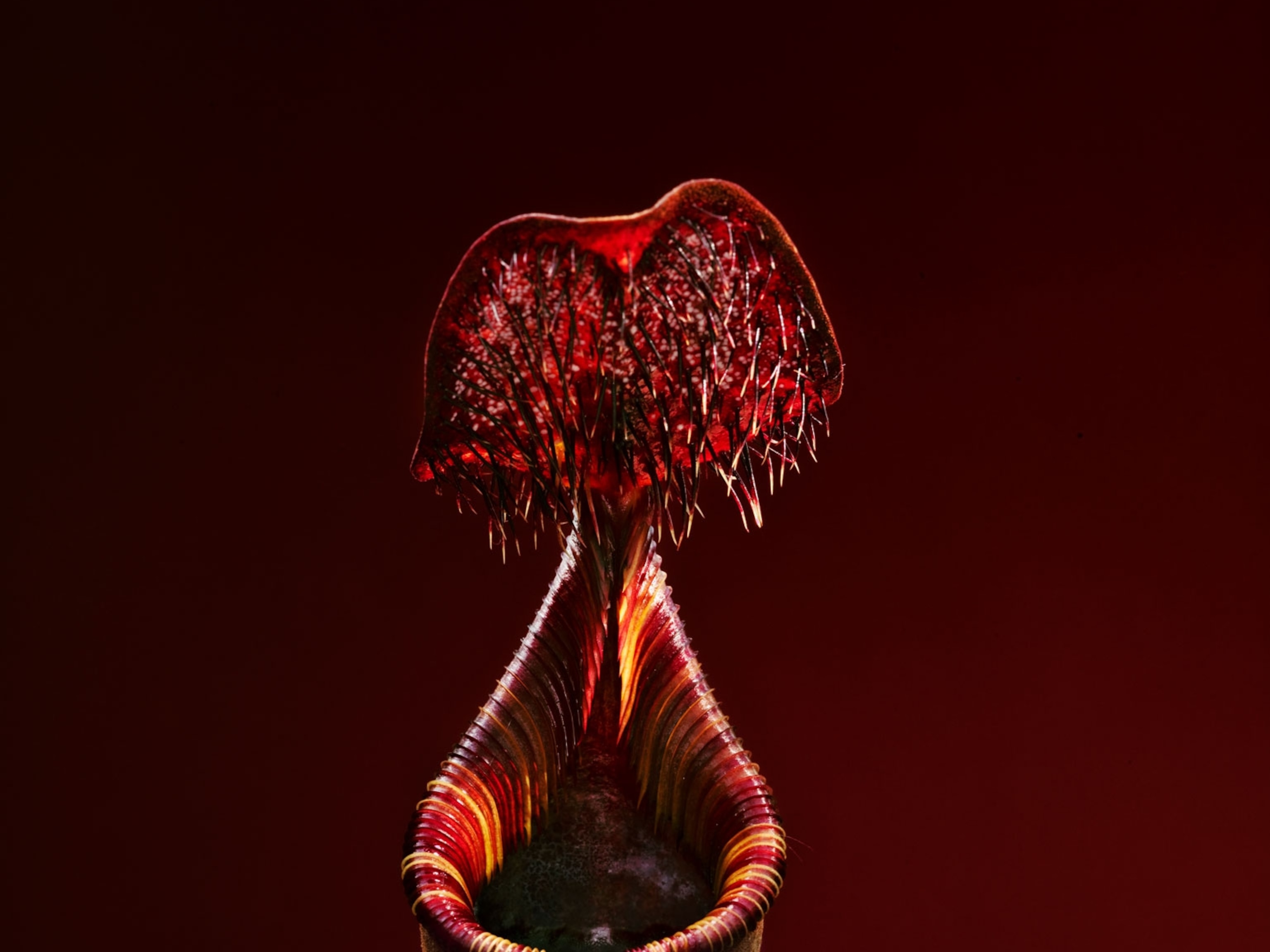Brainless Creatures Can Do Some Incredibly Smart Things
Some life on Earth can count, anticipate future events, and design railway networks without the distinctive organ.
There's no denying that human intelligence makes our species stand out from other life on Earth. Our brains much more than our brawn account for our evolutionary successes—as well as our sometimes devastating impacts on the planet.
Our modern brain is an evolutionary feat more than 520 million years in the making, and it is the key to everything that makes us human. But while human brains are extraordinary, we don't have a monopoly on intelligence.
“Reserving the term 'cognition' for typically human problem-solving abilities ... and dismissing simpler behavior as mechanistic, reflexive, and hard-wired does not do justice to the behavioral complexities of even the simplest of organisms,” University of Gronigen psychologist Marc van Duijn and his colleagues write in a widely cited 2006 paper on cognition.
Depending on your definition, some basic hallmarks of intelligence—from decision-making to learning—can even be found in creatures that don't have brains at all. Here are a few examples of brainless organisms that are actually pretty smart.
Maze-Solving Slime
When you think of a genius, you might imagine a famous scientist or your favorite musician—not a branching yellowish ooze growing over the rotting stumps in your local forest.
These creatures are called slime molds, and they're actually single cells containing many nuclei that can spread out over several square feet. The pulsing mass can expertly find the shortest path to food, building a series of tube-like structures that circulate nutrients and chemical signals. It's not exactly the most humanlike form, but it's capable of feats we'd normally associate with intelligence.
As a 2016 study noted, slime molds can solve mazes, act as if repeated past events will continue into the future, and learn to tolerate substances they avoid at first. Slime molds even have a kind of spatial memory, in the form of a slime that they leave behind once they've moved through an area. In a Borgian twist, slime molds can even learn about their environment by fusing with other slime molds.
These skills let slime molds do impressively well at some human tasks. When presented with bits of food arranged like the stops on Tokyo's rail system, branching slime molds come close to recreating the actual railway network. And in 2016, a team led by Macquarie University researcher Chris Reid showed that slime molds can solve the two-armed bandit problem—a decision-making test normally reserved for organisms with brains.
Small wonder, then, that the slime mold Physarum polycephalum has a scholar-in-residence position at Hampshire College, as part of a thought-provoking art installation.
Sleeping Jellies
If Shakespeare's Macbeth is anything to go by, sleep is the “balm of hurt minds.” But dozing off isn't just for humans, or even mammals more generally. In the last two decades, researchers have identified sleep-like behavior in fruit flies, tiny nematodes, and even a brainless jellyfish.
During the day, the upside-down jellyfish Cassiopea pulses about once a second. But at night, its pulses slow by about 30 percent. This quiet time seems to resemble sleep as we understand it in other animals. When Cassiopea are in their resting state, they take longer to react to outside stimuli, just like a sleeping person. And if the jellyfish are disturbed as they rest, they're less active the following day—a behavior familiar to anyone who's ever pulled an all-nighter.
The discovery, announced in Current Biology in 2017, marked the first time that researchers had recorded sleep-like behaviors in an animal without a central nervous system. The find suggests that an early version of sleep was present in the animal kingdom more than 600 million years ago, in the common ancestor of jellyfish and other animals.
The exact function of this proto-sleep remains unclear, but sleep unquestionably confers many benefits in animals, including healing the nervous system, strengthening memory, and conserving energy.
Plants That Can Count
Plants lack nervous systems, but does that preclude them from “thinking?” It's a provocative question that preoccupies plant neurobiology, an emerging and controversial field that aims to study how plants process information.
It's clear that our leafy brethren are capable of amazing behaviors. The Cornish mallow Lavatera cretica, for instance, can swivel its leaves around at night so that they're facing the direction of next morning's sunrise, behavior that requires the plant to anticipate the future. What's more, young shoots of corn can “remember” the directions of light sources.
Monica Gagliano, a biologist at the University of Western Australia, has even argued that plants can learn like Pavlov's dogs. In a 2016 study published in Scientific Reports, Gagliano and her colleagues reported that pea plants can be conditioned to associate two different stimuli, in this case, a whirring fan and the presence of blue light.
In addition, researchers at the University of Würzburg have shown that Venus flytraps can count to five, in their own strange way. When an insect alights on the carnivorous plant's iconic “jaws,” it tickles trigger hairs on the trap's inner surface that send mechanical and electrical signals coursing through the plant. If two hairs are triggered within 15 seconds of each other, the plant snaps shut. If three more—and no fewer—trigger hairs are tapped, the plant then secretes a cocktail of insect-digesting enzymes, letting the flytrap slurp up the prey's nutrients.
It's not quite Little Shop of Horrors; nobody's claiming that the flytrap is self-aware (or capable of singing about its kills). Nevertheless, it's impressive.








